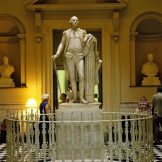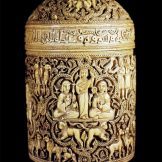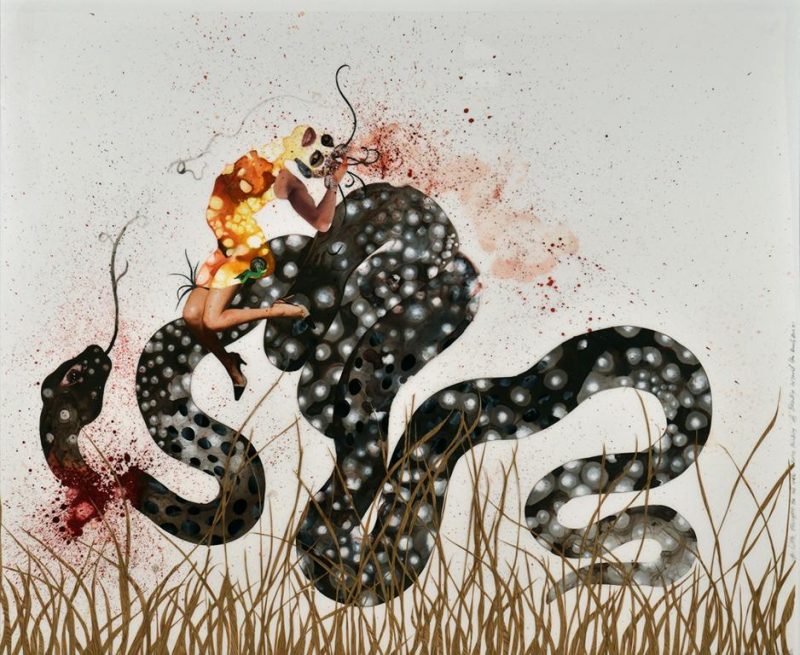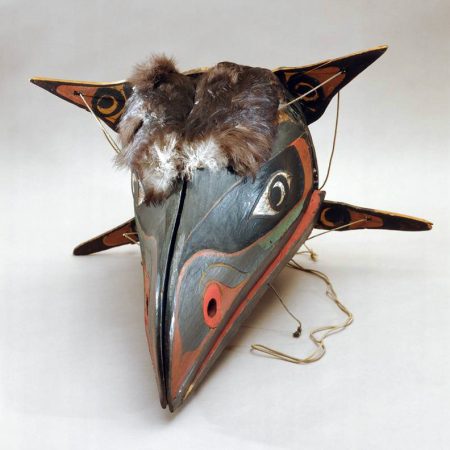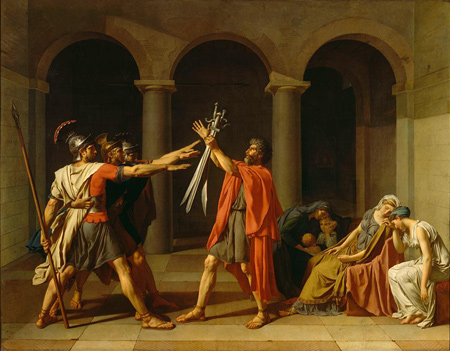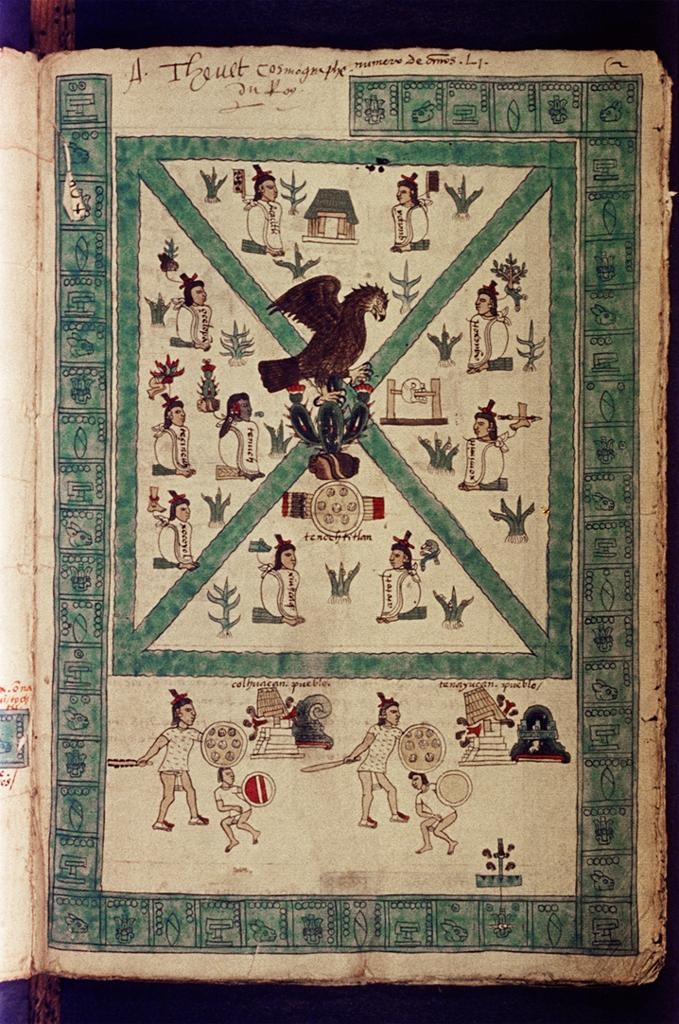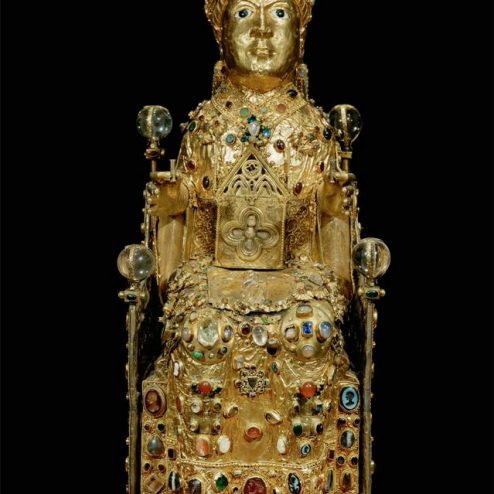
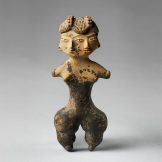
Each May, around the world, almost twenty five thousand students sit for the AP® Art History exam. This year’s test falls on the third of May (a date not lost on many seasoned Art History teachers). It is also quite different from the AP® exam you or your children may have taken. This time, students will be taking a test that covers a newly designed AP® Art History curriculum. This is the first year that the exam is truly global in nature.
This curriculum includes works from the European tradition that we all learned in our survey course, such as the Acropolis, but also goes beyond that to include artists from Native American tribal traditions, the rest of the Americas, and works from the Pacific, Africa, and Asia. There are now 250 key works of art or architecture that a student must know quite well in addition to those the teachers and students explore to round out the experience. For the first time, the AP® Art History exam covers something of the cultural heritage of each student in the room while providing them the chance to learn about our global artistic production.
